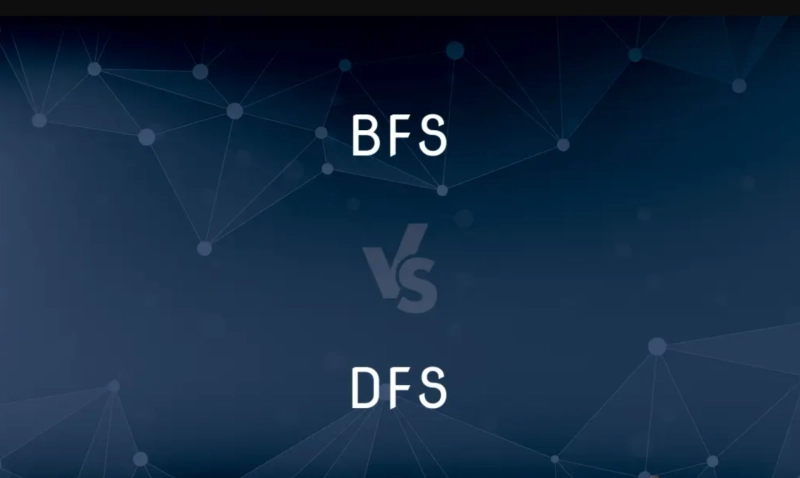Introduction
In the intricate world of search algorithms, two giants stand out: Breadth-First Search (BFS) and Depth-First Search (DFS). Let's delve into their nuances and unravel the key distinctions that make each algorithm unique.
In this article we'll be able to understand the difference between BFS and DFS and then explore the algorithms that are involved, shining the spotlight on the distinct features within the software and their practical significance.
Understanding Breadth-First Search (BFS)
Navigating the Layers
BFS, as the name suggests, prioritizes breadth. It traverses a graph layer by layer, exploring all neighboring nodes at the current depth before moving on to the next level.
This systematic approach ensures a comprehensive exploration, making BFS a valuable asset in various applications.
Application in Web Crawling
One of BFS's notable applications lies in web crawling. Its ability to systematically cover all web pages at a given depth level ensures an efficient and thorough examination of a website's structure.
Pros of BFS
Guarantees the shortest path in an unweighted graph.Well-suited for searching the shallowest solution.Unveiling Depth-First Search (DFS)
Delving into the Depths
Unlike BFS, DFS is all about depth. It explores as far as possible along each branch before backtracking. This strategy often proves advantageous in scenarios where exhaustive exploration is crucial.
Maze Solving and DFS
DFS finds its sweet spot in maze solving. By traversing as deep as possible down a path before backtracking, DFS efficiently navigates through intricate mazes, seeking the optimal solution.
Pros of DFS
Requires less memory compared to BFS.Well-adapted for scenarios with deep paths and solutions.Comparing the Titans
Memory Usage
BFS tends to be memory-intensive, as it needs to store an entire level of nodes. In contrast, DFS thrives in scenarios where memory efficiency is paramount.
Speed and Efficiency
While BFS guarantees the shortest path, DFS's efficiency shines in scenarios where exhaustive exploration is necessary. Choosing between them depends on the specific requirements of the task at hand.
VISIT ALSO: What is Red-Black Tree: Your Guide to a Balanced Data Structure
Conclusion
In the dynamic realm of search algorithms, understanding the intricacies of Breadth-First Search and Depth-First Search is paramount.
Each has its strengths and applications, and choosing the right one can significantly impact the efficiency of your algorithm.
Mastering these algorithms opens doors to optimized solutions and enhances your problem-solving prowess.
In the ever-evolving landscape of technology, staying abreast of fundamental algorithms like BFS and DFS is a testament to your commitment to excellence.
So, whether you're navigating web structures or solving complex mazes, choosing the right algorithm is the key to success.



